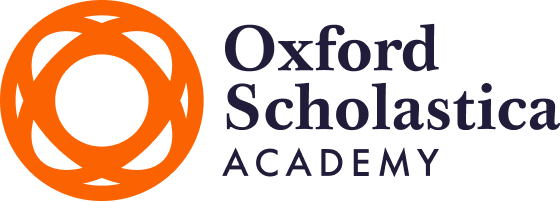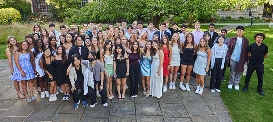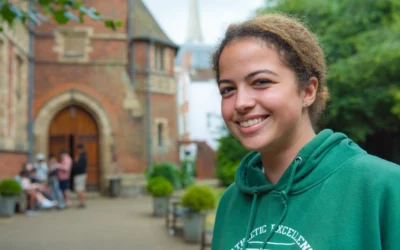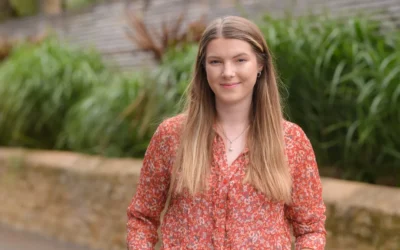Becoming a pilot is the stuff of kids dreams. For hundreds of years the human race has marvelled at the beauty of flight, trying desperately to follow the birds into the air. It has captivated some of the greatest minds of our civilisation. Leonardo da Vinci was fascinated with flight and designed a number of ‘flying machines’ way back in the 15th Century. Fast-forward five hundred years, and we can call the sky our office.
What does an airline pilot do?
As an airline pilot, you are first and foremost responsible for the safety of your passengers and crew onboard their flight between destinations. This involves everything from physically flying the plane, calculating weight and balance data, planning a midair diversion due to a inclement weather, and dealing with upset passengers whose flight has been delayed. You work in a constantly changing environment and must react quickly and calmly to situations that change around you.
What is the life of a short-haul pilot?
Pilots train for a couple of years at flight school, before moving on to fly for their first airline. A pilot’s first job tends to see them fly short haul on smaller jet or turboprop aircraft. A day will typically consist of 2-6 flights, and will almost always end up back at your home airport. The planning and execution of such a large number of flights mean life as a short-haul pilot is fast-paced and can be quite intense.
What is the life of a long-haul pilot?
Other pilots choose to fly long haul, typically flying only one flight per working day before stopping for the night down-route to rest and flying home the next day. This is a quieter life day to day, but with more time and energy spent planning these longer and more complex (and changeable) routes. Long-haul pilots also have to deal with significant jetlag and much more time away from home.
What subjects do you need to become a pilot?
If you have at least 5 GCSE’s with grade C or above including Maths, Science, and English Language, and two A-levels in any subject, then you are eligible to become a commercial pilot.
The training covers subjects from a range of disciplines, from Human Biology right through Air Law, so all subjects will be useful in preparation. There is a particular focus on Maths and Physics-based subjects, so a good understanding of these two disciplines is very helpful.
Get a head start on these courses by joining our Oxford summer school programme for students. Learn what it’s like to study at Oxford and learn from the best tutors.
How do I become a pilot?
Pilot training is intensive and expensive, but it can be a thrilling experience and the rewards of the potential career are great. There are two main routes to gaining an Air Transport Pilot Licence (ATPL), known as the Integrated or the Modular route:
Integrated route to becoming a pilot
This is a full-time course taken at one of the major flight training schools. You don’t need any experience for this route and it is quite common for people to start the course with virtually zero flying experience. It normally takes around 18 months to complete, involving a mixture of theoretical and practical flying studies, and is more expensive than the modular route.
Modular route to becoming a pilot
This is also offered by the major training organisations, but can also be undertaken at a number of smaller, more local flying clubs. The training is the same as the integrated route but is split up into more manageable chunks. This training route is popular as it allows flight school students to study part-time whilst working a normal job. It’s cheaper than the integrated route but takes longer and involves more private study.
Best books on how to become an airline pilot
1. The Flightdeck Survival Manual
James McBride
(2014: flightsofpassion.com)
2. Skyfaring: A Journey with a Pilot
Mark Vanhoenacker
(2016: Vintage)
3. How to Land a Plane
Mark Vanhoenacker
(2017: Quercus)
4. Cockpit Confidential: Questions, Answers, and Reflections on Air Travel
Patrick Smith
(2013: Sourcebooks)





